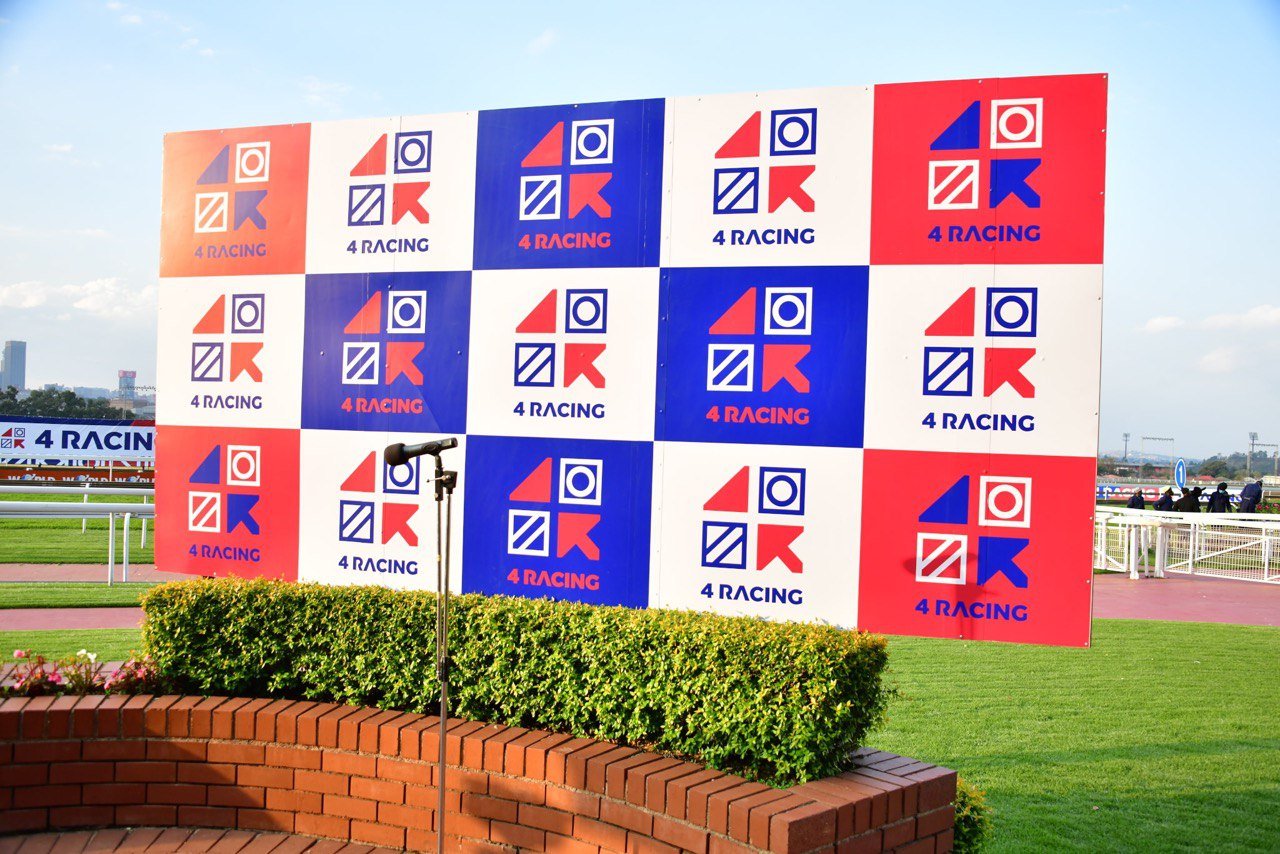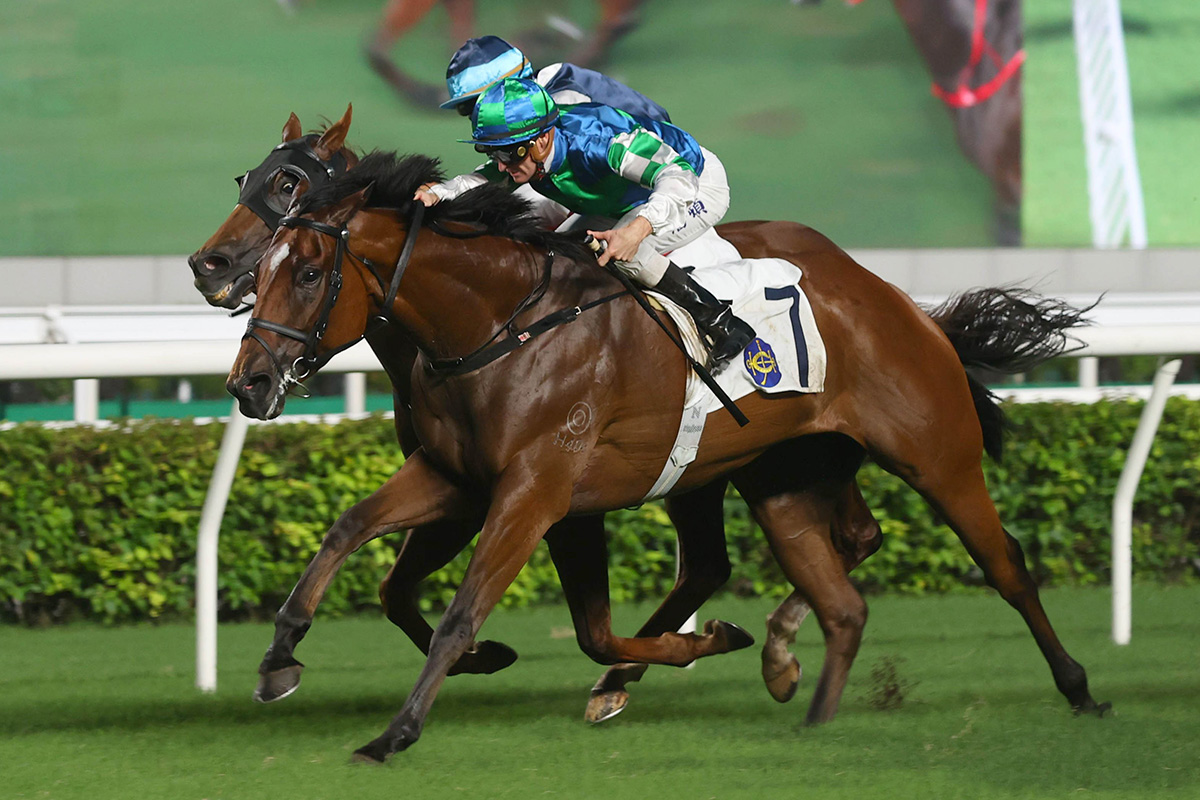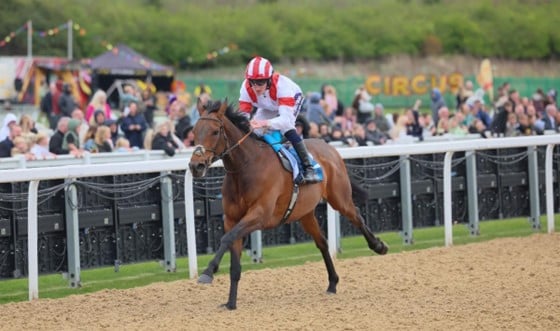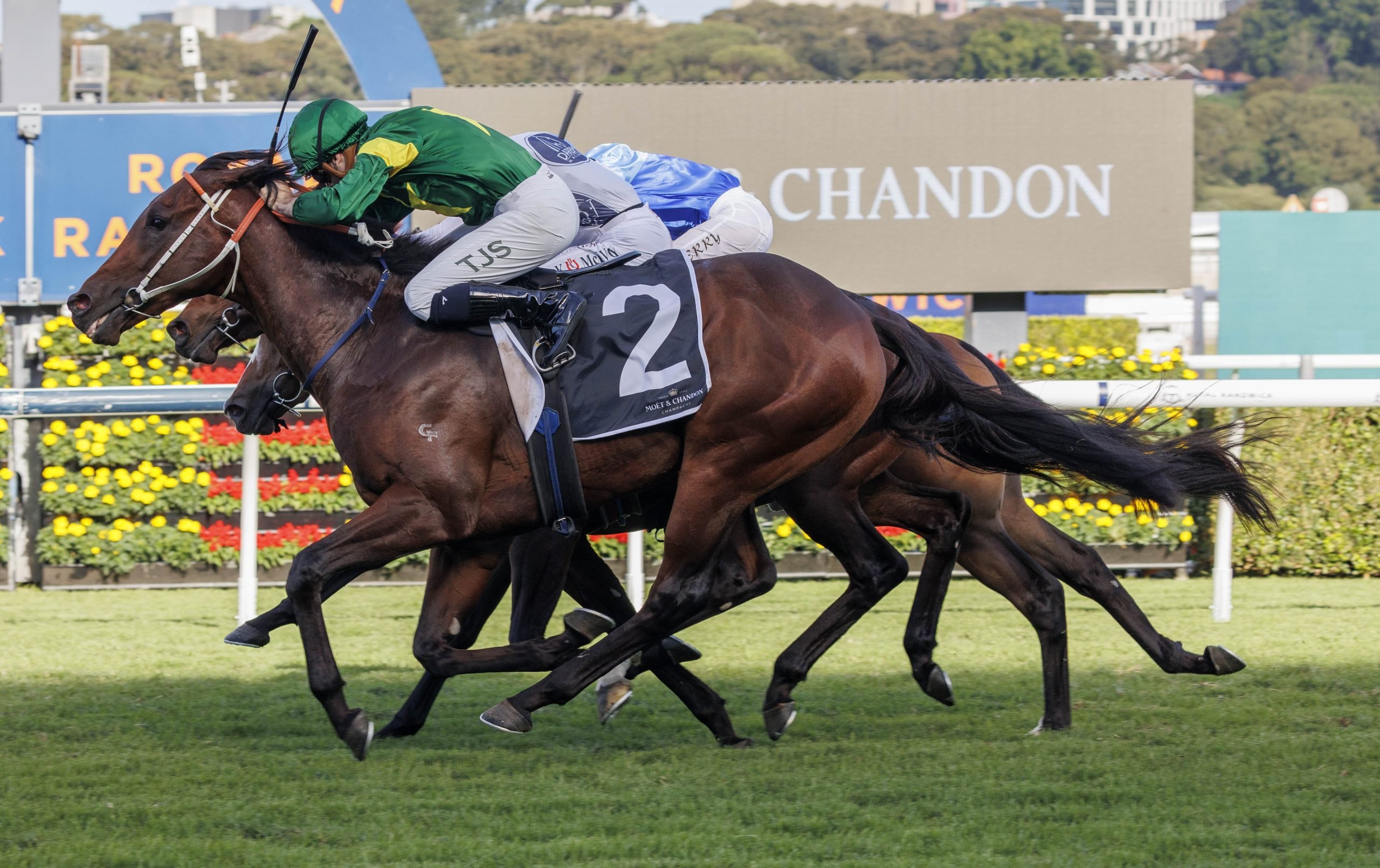Last week we looked at the incident where an ordinary form maiden suddenly won by 6 lengths with blinkers for the first time – and the equipment was not printed in the form book.
Tony Mincione writes that the point was to review and examine the rules that allow this to happen – and ask the question, “Is this customer friendly, or not?”

At the same instance, we introduced the idea of the ‘Tellygloat’, where the industry speaks to the losing public immediately after an event to show how they never had a chance.
This weekend we ran straight into another example.
The TV presenter, immediately after a race, says to the public that a horse (who looked to have a chance and who was close up in the betting), was never a contender in the race. He apologetically admitted that he had heard from the trainer shortly before the race that the filly wasn’t herself and was off colour. The connections never expected her to be able to win.
There are always two sides to every story.
We should ask what the presenter was to do once he had heard that the horse was ‘cold’? He can’t very well go on TV and say that. For one, he’s probably been told in confidence and for another, the horse could actually win. No presenter or expert ever wants to be in the position of saying a horse won’t win, only to have 100% proof to the contrary shortly afterwards.
The first three in this particular race ran within 1 length, and the ‘unfancied’ filly ran 5,50 lengths behind those in a 5 horse race.
In the post race analysis the presenter mentions that although he wasn’t able to say anything earlier, the run of the beaten filly could basically be ignored on this occasion because the trainer had felt all was not well and he did not expect a good run. It was, in a way, a heads up that this form should not be read literally for next time.

However, it’s a PR disaster again. Many people would have played the filly and/or bankered her in many hundreds of bets.
In our gambling business, how on earth do we tell people clutching thousands of rands worth of losing tickets, that the insiders basically knew before the race, that punters would be doing their money in ‘cold blood’?
Unlike last week’s occurrence, there was no clues to be had this time. Immediately punters knew we (racing) had lied by omission.
I expect that many responses will say I’m naïve – that it was a lie on purpose so those who did know could capitalise on the unknowing public.
The success of racing in the east is built on putting customers first so that they can trust the product. Rules on jockeys, trainers and all aspects of racing are built in to give punters confidence.
4Racing promised radical changes and transparency to stave off another bankruptcy. They promised we would do better.

This is not an attack on any individual. I am certain that they all have the best interests of racing at heart.
But any success for racing going forward can only be achieved by winning back the punter.
And the rules in place, and what we say, must honestly convey to the punter that we put them first. The big influencers in racing need to check that they really do put the public first, or at least fake it very well. Lip service really won’t do it any more, because things are too tight.
We are making a mistake to shift the entire burden of racing’s failures onto the shoulders of TV presenters. They reflect the philosophy of the leadership. If we were truly transparent, then the system would have ensured that we knew that there was an ‘off colour’ runner.
Perhaps we are not ready for that kind of transparency, and so the punter is not ready to forgive us for continuing with the status quo.
“Status quo, you know, is Latin for ‘the mess we’re in’.”
― Ronald Reagan








